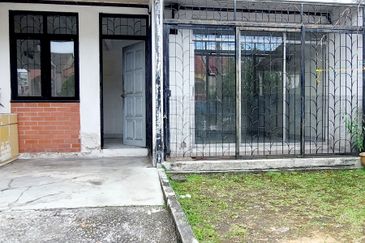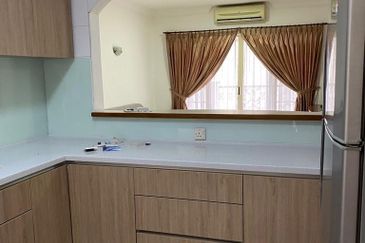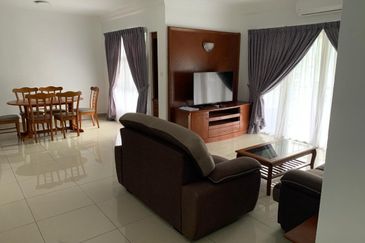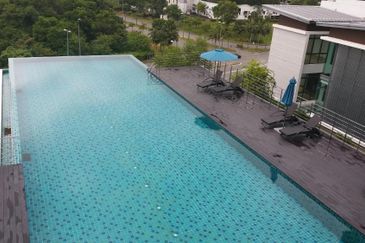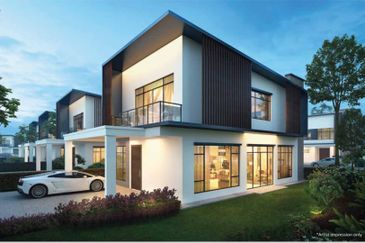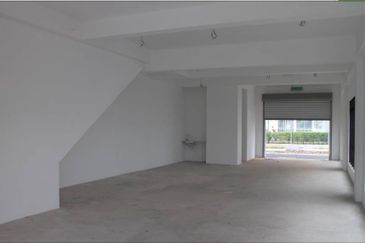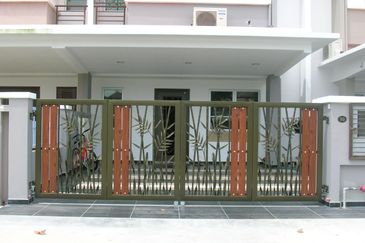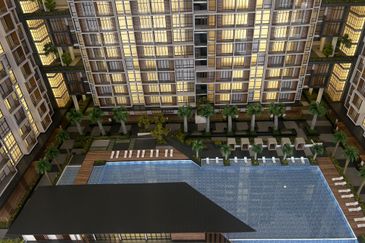
PETALING JAYA (Oct 11): The Malaysian Institute of Architects (PAM) is looking forward to the many new or revived development projects announced in Budget 2020 such the ECRL, Bandar Malaysia township, upgrading of airports, and Carey Island development to make Port Klang maritime centre and cargo logistics hub.
“We hope the procurement of these important national projects will be through an open design competition process that PAM can help facilitate, to open up opportunities for our many smaller and large Malaysian architect firms to further upskill and build capacity. With the downturn of the past few years, many architect firms are facing challenges in retaining staff and to enhance wages – this will help stem the continuing loss of talent to overseas,” said PAM in commenting on the proposed Budget 2020 which was tabled in parliament today.
“Many of these new projects are valuable opportunities to create new national icons to showcase and promote Malaysian talent and design professionals. The creative economy must be engendered locally besides the proposed customised incentives of RM1 billion annually for 5 years, to bring in Fortune 500 and “global unicorns” to spearhead the creative economy.”
In terms of housing, PAM observed that the lowering of the price threshold for foreign home buyers to RM600,000 for high-rise residential projects in urban areas was a good short term measure to clear the existing unsold properties.
“We also hope this will not deter developers from their recent focus on affordable housing for the B40 and M40 segment,” added PAM.
The national architects institute also commended the extension of Cagamas and Bank Simpanan Nasional’s (BSN) youth housing scheme for another two years to assist the youth to purchase their first home.
“This will encourage developers to rethink their housing products and diversify further into this segment to match the government’s commitment to build more affordable housing.
“We also urge BSN to extend a similar first-home ownership incentive to single-income households as well as in the affordable housing segment,” said PAM.
Meanwhile, PAM commended the attention and large allocation of RM10.9 billion for rural development and hopes that it will be guided by Sustainable Development Goals (SDG) at the local level. This must be set out in the development and procurement criteria.
Next, PAM applauded the initiative to foster greater engagement of MPs with local communities to identify and run grassroot projects to address SDG at the local level, though the RM10 million allocation can be much higher.
“We hope PAM as an institute of architects, will also be included in the Special Selection Committee to drive this effort as architects and planners are key players in the implementation of SDG at all levels of development, whether large megaprojects or smaller grassroots and rural projects.”
In terms of digital infrastructure, PAM applauded the government initiative to improve the digital infrastructure of the country.
“We hope some allocation will go towards helping the Construction Industry Development Board Malaysia (CIDB) and PAM to develop the Integrated Digital Delivery (IDD) platform for the construction industry, which will help boost efficiency and productivity as part of the construction industry transformation for IR 4.0. Investments in IDD and also, the Industrialised Building System (IBS) can help decrease reliance on cheap foreign labour.”
TOP PICKS BY EDGEPROP
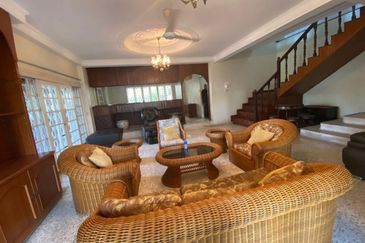
Section 22, Petaling Jaya
Petaling Jaya, Selangor

Tenderfields @ Eco Majestic
Semenyih, Selangor
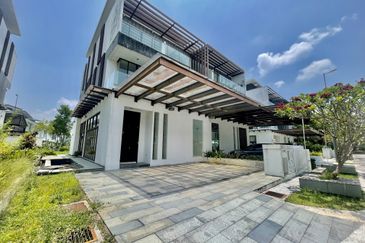
The Maisons, Perdana Lakeview East
Cyberjaya, Selangor
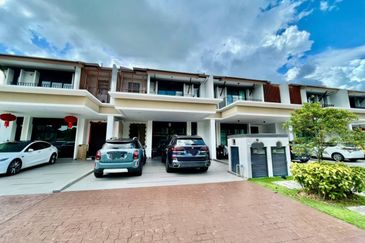
Isle of Botanica, Setia Eco Glades
Cyberjaya, Selangor
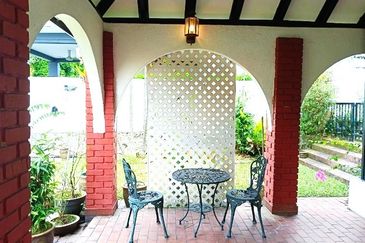
Taman Tun Dr Ismail (TTDI)
Taman Tun Dr Ismail, Kuala Lumpur
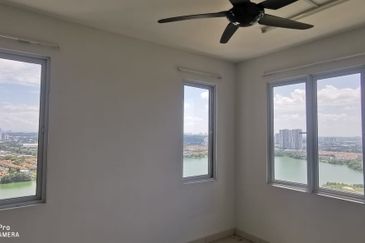
Aurora Residence @ Lake Side City
Puchong, Selangor
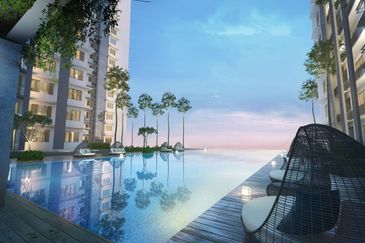
Aurora Residence @ Lake Side City
Puchong, Selangor

